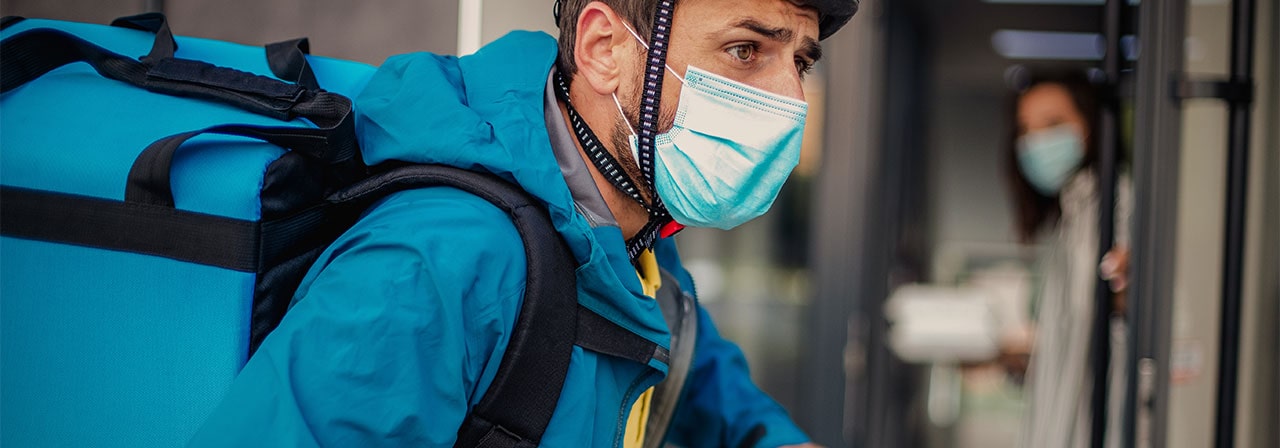How on-demand grocery start-ups are raising the bar for urban logistics
The location of micro-fulfilment centres is a key factor when time is of the essence for a new generation of delivery firms
With today’s delivery firms promising to get groceries to consumers’ doorsteps in as little as 10 mins, the race is on to find the right urban space in the best location to fulfil orders.
The likes of Germany’s Gorillas and Dija, a UK-based startup launched by former Deliveroo executives, as well as Fancy Delivery and GoPuff in the U.S., are upping the ante in the fast-growing and highly competitive world of so-called quick, q-commerce delivery.
“There’s a big drive by new entrants right into the heart of major towns and cities,” says Ashley Smart, EMEA logistics development director at JLL.
“The pandemic has accelerated the pace of change in people’s shopping habits and delivery expectations and we’re now seeing the rise of on-demand culture across all age groups.”
Food delivery start-ups are one of the success stories of the pandemic, initially delivering groceries and takeaways to households who couldn’t or preferred not to leave home.
Supermarket chains are also fans; in the UK, both Aldi and Morrisons have teamed up with Deliveroo to offer home delivery. In southern Europe, Spain’s Glovo, which recently partnered with Swiss real estate firm Stoneweg to source and refurbish space, is working with supermarkets such as Carrefour as well as IKEA and L’Oréal.
Now, many consumers, predominantly work-from-home or time poor professionals in inner city urban areas, are sold on the convenience at a low price point.
Investors are also buying into the concept. GoPuff, now valued at US$ 3.9 billion, has raised US$ 1.35 billion in funding. Dija raised £20 million even before its launch.
“These are companies with the financial firepower to both expand and compete with any peers in their target markets,” says Smart.
A boon for the high street?
The success of this new generation of food delivery start-ups depends on securing space within close proximity of their growing consumer base.
“There’s real momentum and the search is on for both warehousing space and city centre locations that can be quickly turned into micro-fulfillment centres,” says Smart.
One route to getting the space they need is through repurposing vacant high street units. Structural changes in retail are meaning urban retail locations could present opportunities as places where fresh food is held ready for couriers - usually on e-bikes – to pick and deliver, says Ben Binns, EMEA retail director at JLL
“The city centre and high street is the ideal location for such occupiers,” he says. “Particularly when space is being reimagined by landlords off the back of COVID-19 disruption and many of these firms operate within a strict radius to guarantee delivery in a set time frame.”
Delivering on expectations
While there are opportunities for growth in Europe’s evolving food delivery market, a competitive playing field and customers looking for the best deals remain key challenges.
“There’s scope for some of these new entrants to scale up and take on delivery duties for grocery retailers, who may perhaps be reluctant to commit to what is often a complex and costly supply chain structure,” says Smart. “The flat-fee, straight to your door model is one which requires focus and a highly-streamlined approach.”
And today’s newer names have big ambitions: Gorillas has plans to be available in over 15 cities in both Germany and across Europe by the mid-point of this year.
“It’s still very early days but heightened consumer demand – even in markets such as Germany, up until recently less enamored by e-commerce – suggests huge potential,” Smart says. “And of course, we should expect variances from country to country. But Covid-19 has ushered in a new era for urban grocery delivery.”
